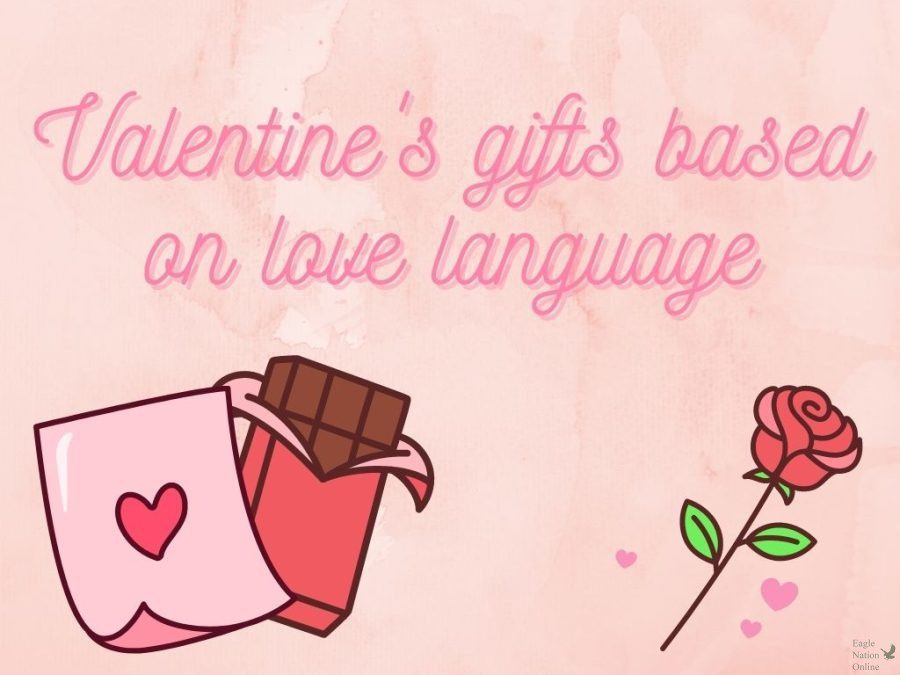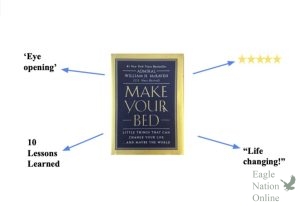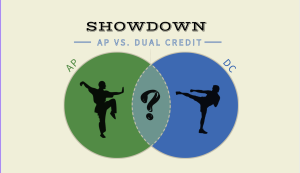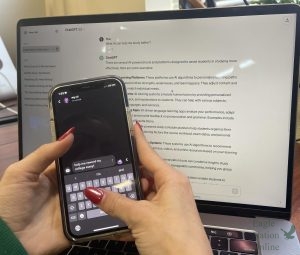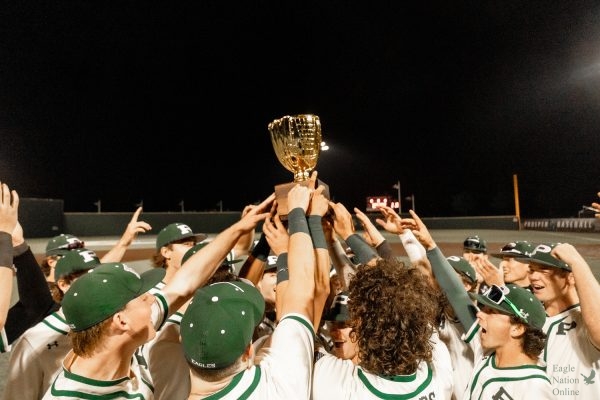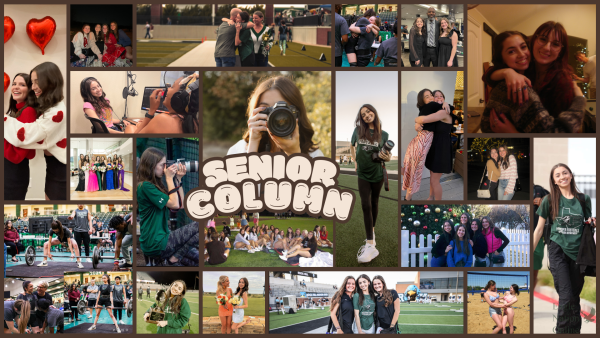Column: Valentine’s gifts based on love language
Writer shares tips of how to celebrate Valentine’s Day with different love languages.
This graphic, made with Canva, with text reading “Valentine’s gifts based on love language,” is accompanied by many graphics representing Valentine’s gifts. The different love languages all perceive love differently, which means each type needs a different kind of gift. The letter represents “words of affirmation,” the chocolate represents physical touch, and the rose represents quality time.
February 10, 2023
Valentine’s Day is a holiday dedicated to the celebration of romance and love. Whether it’s love between family, friends, or significant others, more than 23.9 billion dollars are spent annually on gifts. Interestingly enough, even though this number is extremely high, the number of people who actually possess love languages related to gifts is significantly lower. Statistics show only 20% of people have the love languages of receiving gifts and acts of service. So what can we do for the other 80% on Valentine’s Day?
One of the three love languages that makes up this 80% is “words of affirmation.” This love language belongs to people that need lots of communication and vocal cues within a relationship. These could be things such as compliments, meaningful conversations, and simple appreciation. Because of this, the best things to give someone with this love language are a well written letter, poem, or just a verbal “I love you.” If you’re thinking of taking this person on a date or outing, try environments that are conversation friendly. Going out to a coffee shop, restaurant, or library can be great ways to spend time and strike up conversation with your significant other.
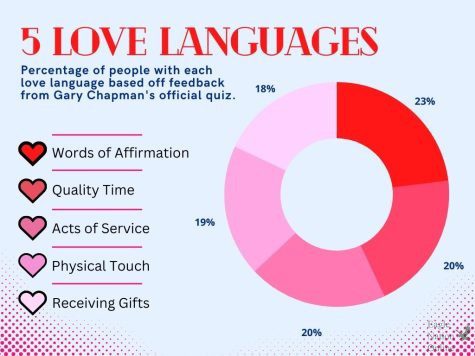
Quality time is the next love language, solely based around the prospect of time and attention. Someone with this love language likes to be the main fixation of their significant other’s affection, and they thrive in conditions were they get to spend long periods of time together with their loved one. The best gift to give someone with this love language is to plan a date, activity, or trip that includes exclusive time to spend together. Ideas could also include crafting things such as hand made coupons for dates or alone time with your loved one, or tickets to a special event.
Physical touch is the last love language, based on the preference of physical contact and affection in a relationship over time, words, or gifts. People with this love language appreciate small actions that induce touch such as hugs, hand holding, or cuddles. They feel assured by contact with their loved ones and see physical actions as an expression of love. Because of this, the best thing you can do for a person with this love language is to set up an activity that heavily encourages or requires touch. Examples of this would be dancing, cooking, board games and even a nice movie night on the couch.


